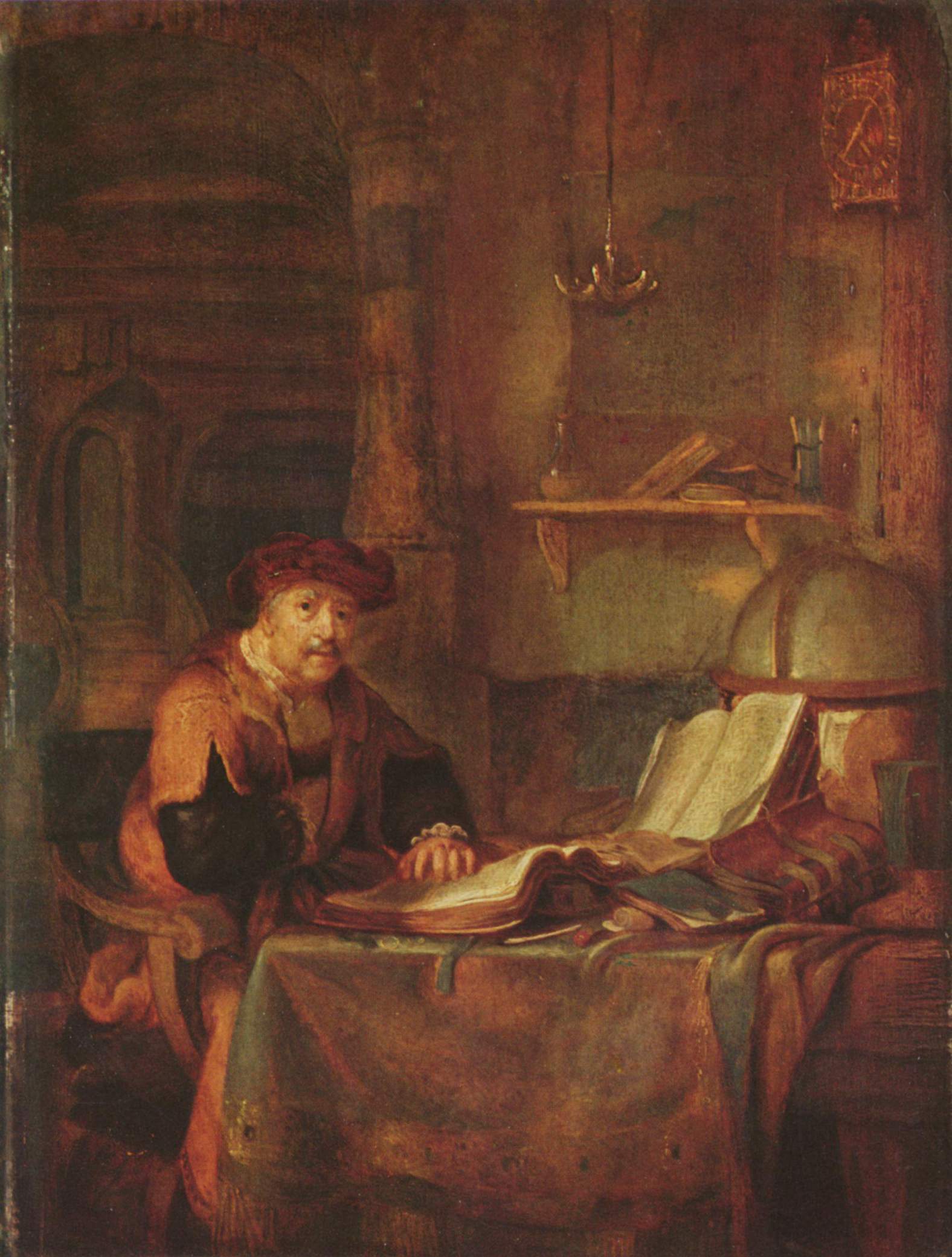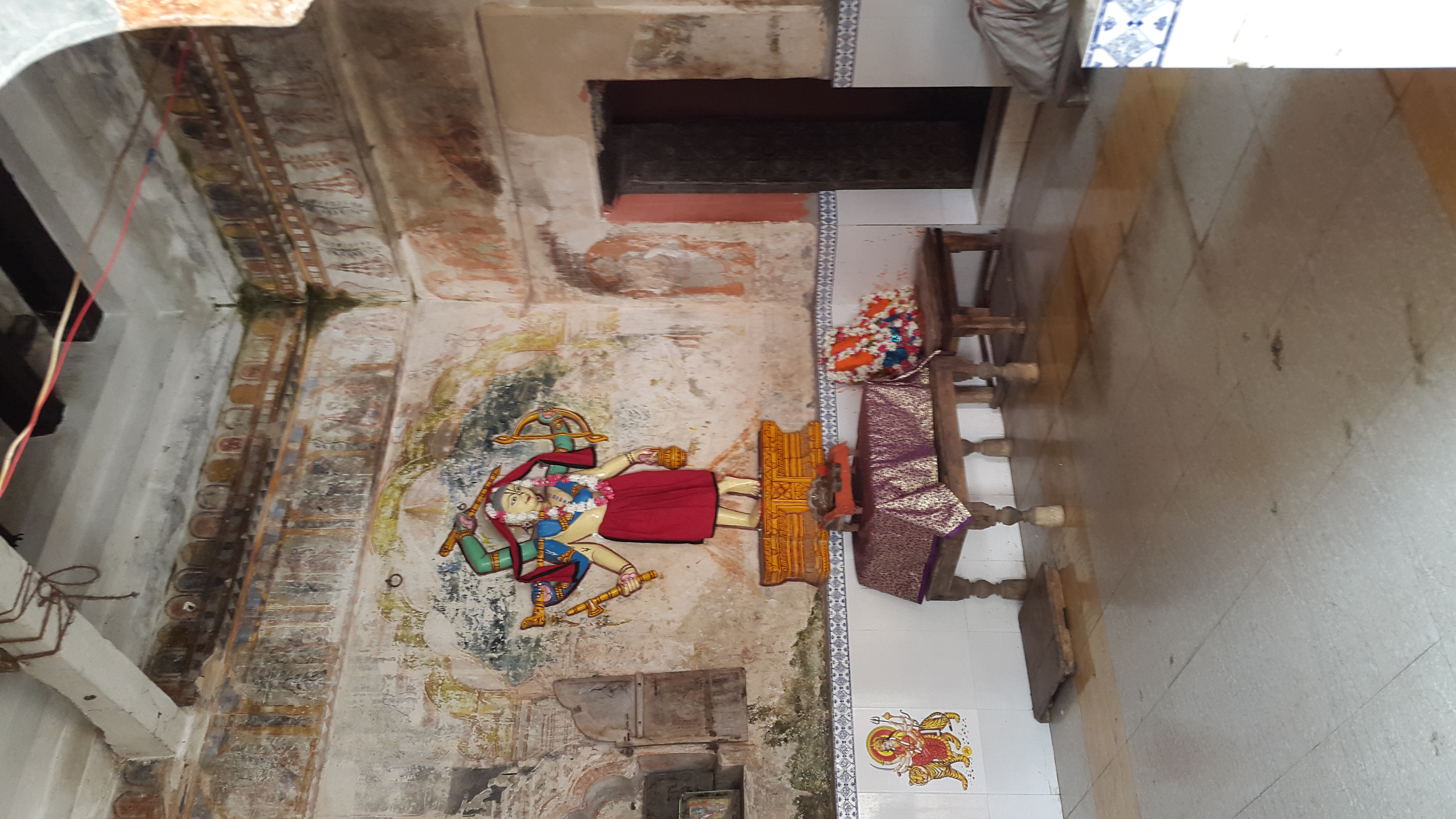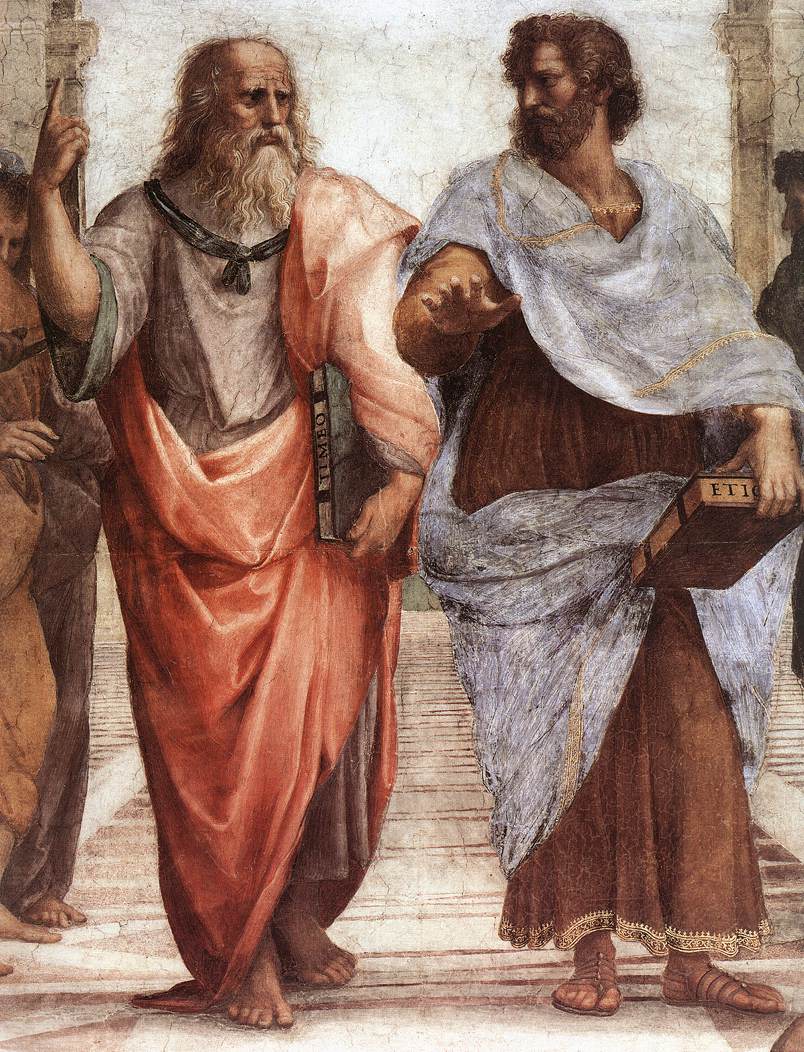|
Raghuvarya Tirtha
Raghuvarya Tirtha (1462 - 1557) was a Hindu philosopher, scholar, theologian and saint. He served as the pontiff of Shri Uttaradi Math from 1502-1557. He was the thirteenth in succession from Madhvacharya. According to tradition Sri Raghuvarya Tirtha taught the famous Nyayasudha of Jayatirtha seven times to his disciples. Career Meet with Chaitanya Mahaprabhu According to Baladeva, Chaitanya Mahaprabhu accepted Sri Madhvacharya's theological position as true and in line with Vedanta. According to ninth chapter of Chaitanya Charitamrita The ''Chaitanya Charitamrita'' (; bn, চৈতন্যচরিতামৃত, Côitônyôcôritamṛtô), composed by Krishnadasa Kaviraja in 1557, is written in Bengali with a great number of Sanskrit verses in its devotional, poetic co ... - Madya-lila, Chaitanya Mahaprabhu met Raghuvarya Tirtha in Udupi to discuss means and end of spiritual life and also about nine types of spiritual practices. Works Raghuvarya Tirtha comp ... [...More Info...] [...Related Items...] OR: [Wikipedia] [Google] [Baidu] |
Hinduism
Hinduism () is an Indian religion or ''dharma'', a religious and universal order or way of life by which followers abide. As a religion, it is the world's third-largest, with over 1.2–1.35 billion followers, or 15–16% of the global population, known as Hindus. The word ''Hindu'' is an exonym, and while Hinduism has been called the oldest religion in the world, many practitioners refer to their religion as '' Sanātana Dharma'' ( sa, सनातन धर्म, lit='the Eternal Dharma'), a modern usage, which refers to the idea that its origins lie beyond human history, as revealed in the Hindu texts. Another endonym is ''Vaidika dharma'', the dharma related to the Vedas. Hinduism is a diverse system of thought marked by a range of philosophies and shared concepts, rituals, cosmological systems, pilgrimage sites, and shared textual sources that discuss theology, metaphysics, mythology, Vedic yajna, yoga, agamic rituals, and temple building, among other topi ... [...More Info...] [...Related Items...] OR: [Wikipedia] [Google] [Baidu] |
Scholar
A scholar is a person who pursues academic and intellectual activities, particularly academics who apply their intellectualism into expertise in an area of study. A scholar can also be an academic, who works as a professor, teacher, or researcher at a university. An academic usually holds an advanced degree or a terminal degree, such as a master's degree or a doctorate (PhD). Independent scholars, such as philosophers and public intellectuals, work outside of the academy, yet publish in academic journals and participate in scholarly public discussion. Definitions In contemporary English usage, the term ''scholar'' sometimes is equivalent to the term ''academic'', and describes a university-educated individual who has achieved intellectual mastery of an academic discipline, as instructor and as researcher. Moreover, before the establishment of universities, the term ''scholar'' identified and described an intellectual person whose primary occupation was professional research. ... [...More Info...] [...Related Items...] OR: [Wikipedia] [Google] [Baidu] |
Madhva Religious Leaders
Madhvacharya (; ; CE 1199-1278 or CE 1238–1317), sometimes anglicised as Madhva Acharya, and also known as Purna Prajna () and Ānanda Tīrtha, was an Indian philosopher, theologian and the chief proponent of the ''Dvaita'' (dualism) school of Vedanta. Madhva called his philosophy '' Tattvavāda'' meaning "arguments from a realist viewpoint". Madhvacharya was born on the west coast of Karnataka state in 13th-century India. As a teenager, he became a Sanyasi (monk) joining Brahma-sampradaya guru Achyutapreksha, of the Ekadandi order. Madhva studied the classics of Hindu philosophy, and wrote commentaries on the Principal Upanishads, the '' Bhagavad Gita'' and the Brahma Sutras (''Prasthanatrayi''), and is credited with thirty seven works in Sanskrit. His writing style was of extreme brevity and condensed expression. His greatest work is considered to be the ''Anuvyakhyana'', a philosophical supplement to his bhasya on the Brahma Sutras composed with a poetic structure. In so ... [...More Info...] [...Related Items...] OR: [Wikipedia] [Google] [Baidu] |
1557 Deaths
__NOTOC__ Year 1557 ( MDLVII) was a common year starting on Friday (link will display the full calendar) of the Julian calendar. Events January–June * March – The Takeda clan besiege Katsurayama Castle in eastern Japan. The siege ends with the last stand of the castle garrison, and the complete destruction of Katsurayama, allowing the Takeda to further expand in Shinano Province. * April 12 – The Spanish settlement of Cuenca, Ecuador, is founded. * April 30 – Arauco War – Battle of Mataquito: Spanish forces of Governor Francisco de Villagra launch a dawn surprise attack against the Mapuche (headed by their toqui Lautaro), in present-day Chile. * By June – The 1557 influenza pandemic has spread, probably from China, to Europe. * June 7 – Mary I of England joins her husband Philip II of Spain, in his war against France. * June 10 – The New Testament of the Geneva Bible, a Protestant Bible translation into En ... [...More Info...] [...Related Items...] OR: [Wikipedia] [Google] [Baidu] |
Chaitanya Charitamrita
The ''Chaitanya Charitamrita'' (; bn, চৈতন্যচরিতামৃত, Côitônyôcôritamṛtô), composed by Krishnadasa Kaviraja in 1557, is written in Bengali with a great number of Sanskrit verses in its devotional, poetic construction, including '' Shikshashtakam''. It is one of the primary biographies detailing the life and teachings of Caitanya Mahāprabhu, the founder of Gaudiya Vaishnavism. The stories of Chaitanya's life are mixed with philosophical conversations detailing the process of Bhakti yoga, with special attention given to congregational chanting of Krishna's names and the Hare Krishna mantra. Contents The Chaitanya Caritamrta is divided into three sections: Adi-lila, Madhya-lila and Antya-lila. Each section refers to a particular phase in Chaitanya Mahaprabhu's life: Adi-lila The Adi-lila explains Chaitanya's unique theological identity ( Krishna in the mood of Radharani—a combined avatar), his lineage, his closest childhood companions ... [...More Info...] [...Related Items...] OR: [Wikipedia] [Google] [Baidu] |
Chaitanya Mahaprabhu
Chaitanya Mahaprabhu (; born Vishvambhar Mishra) was a 15th-century Indian saint who is considered to be the combined avatar of Radha and Krishna by his disciples and various scriptures. Chaitanya Mahaprabhu's mode of worshipping Krishna with ecstatic song and dance had a profound effect on Vaishnavism in Bengal. He was also the chief proponent of the Vedantic philosophy of Achintya Bheda Abheda Tattva. Mahaprabhu founded Gaudiya Vaishnavism ( the Brahma-Madhva-Gaudiya Sampradaya). He expounded Bhakti yoga and popularized the chanting of the Hare Krishna Maha-mantra. He composed the '' Shikshashtakam'' (eight devotional prayers). Chaitanya is sometimes called Gauranga or Gaura due to his molten gold–like complexion. His birthday is celebrated as Gaura-purnima. He is also called Nimai due to him being born underneath a Neem tree. Life ''Chaitanya'' means "one who is conscious" (derived from Chetana, which means "Consciousness"); ''Maha'' means "Great" and '' ... [...More Info...] [...Related Items...] OR: [Wikipedia] [Google] [Baidu] |
Baladeva Vidyabhushana
Baladeva Vidyabhushana (also written ) ( 1700 – 1793 AD) was an Indian Gaudiya Vaishnava acharya (religious teacher).Despite being renowned all over the world as the Gaudiya Vedanta Acarya, the scarcity of available authentic biodata has led misinformed authors to spread incorrect information about his life incidents. There is no known historical evidence regarding either his birthplace or date, nor any known reference to it in his works. Some wrongly believe that he disappeared in 1768. Yet his ''Aisvarya-kadambini'' is dated 1779 (year 1701 of Shaka era). The original manuscript is preserved at the City Palace in Jaipur. While his birth date is unknown, a document preserved at the Jaipur Archives dated the fourteenth day of the Bhadra month of Saṁvat 1850 (nineteenth of September, 1793 AD) describes his ceremony of condolence presided by King Pratap Singh of Jaipur (ruled 1778-1803 AD). On the basis of this evidence, it is unrealistic to assume that he was born much before 1700 ... [...More Info...] [...Related Items...] OR: [Wikipedia] [Google] [Baidu] |
Jayatirtha
Sri Jayatirtha (), ''also known as'' Teekacharya () (1345 - 1388), was a Hindu philosopher, dialectician, polemicist and the sixth pontiff of Madhvacharya Peetha from (1365 – 1388). He is considered to be one of the most important seers in the history of Dvaita school of thought on account of his sound elucidations of the works of Madhvacharya. He is credited with structuring the philosophical aspects of Dvaita and through his polemical works, elevating it to an equal footing with the contemporary schools of thought. Along with Madhva and Vyasatirtha, he is venerated as one of the three great spiritual sages, or ''munitraya'' of Dvaita. Jayatirtha is an incarnation of Indra (lord of gods) with amsha of Adi Sesha. Born into an aristocratic Deshastha Brahmin family, he later adopted the cause of Dvaita after an encounter with the Madhva saint, Akshobhya Tirtha (d. 1365 ). He composed 22 works, consisting of commentaries on the works of Madhva and several independent tr ... [...More Info...] [...Related Items...] OR: [Wikipedia] [Google] [Baidu] |
Madhvacharya
Madhvacharya (; ; CE 1199-1278 or CE 1238–1317), sometimes anglicised as Madhva Acharya, and also known as Purna Prajna () and Ānanda Tīrtha, was an Indian philosopher, theologian and the chief proponent of the '' Dvaita'' (dualism) school of Vedanta. Madhva called his philosophy '' Tattvavāda'' meaning "arguments from a realist viewpoint". Madhvacharya was born on the west coast of Karnataka state in 13th-century India. As a teenager, he became a Sanyasi (monk) joining Brahma-sampradaya guru Achyutapreksha, of the Ekadandi order. Madhva studied the classics of Hindu philosophy, and wrote commentaries on the Principal Upanishads, the '' Bhagavad Gita'' and the Brahma Sutras ('' Prasthanatrayi''), and is credited with thirty seven works in Sanskrit. His writing style was of extreme brevity and condensed expression. His greatest work is considered to be the '' Anuvyakhyana'', a philosophical supplement to his bhasya on the Brahma Sutras composed with a poetic struct ... [...More Info...] [...Related Items...] OR: [Wikipedia] [Google] [Baidu] |
Saint
In religious belief, a saint is a person who is recognized as having an exceptional degree of holiness, likeness, or closeness to God. However, the use of the term ''saint'' depends on the context and denomination. In Catholic, Eastern Orthodox, Anglican, Oriental Orthodox, and Lutheran doctrine, all of their faithful deceased in Heaven are considered to be saints, but some are considered worthy of greater honor or emulation. Official ecclesiastical recognition, and consequently a public cult of veneration, is conferred on some denominational saints through the process of canonization in the Catholic Church or glorification in the Eastern Orthodox Church after their approval. While the English word ''saint'' originated in Christianity, historians of religion tend to use the appellation "in a more general way to refer to the state of special holiness that many religions attribute to certain people", referring to the Jewish tzadik, the Islamic walī, the Hindu rishi or ... [...More Info...] [...Related Items...] OR: [Wikipedia] [Google] [Baidu] |
Theologian
Theology is the systematic study of the nature of the divine and, more broadly, of religious belief. It is taught as an academic discipline, typically in universities and seminaries. It occupies itself with the unique content of analyzing the supernatural, but also deals with religious epistemology, asks and seeks to answer the question of revelation. Revelation pertains to the acceptance of God, gods, or deities, as not only transcendent or above the natural world, but also willing and able to interact with the natural world and, in particular, to reveal themselves to humankind. While theology has turned into a secular field , religious adherents still consider theology to be a discipline that helps them live and understand concepts such as life and love and that helps them lead lives of obedience to the deities they follow or worship. Theologians use various forms of analysis and argument ( experiential, philosophical, ethnographic, historical, and others) to help ... [...More Info...] [...Related Items...] OR: [Wikipedia] [Google] [Baidu] |







